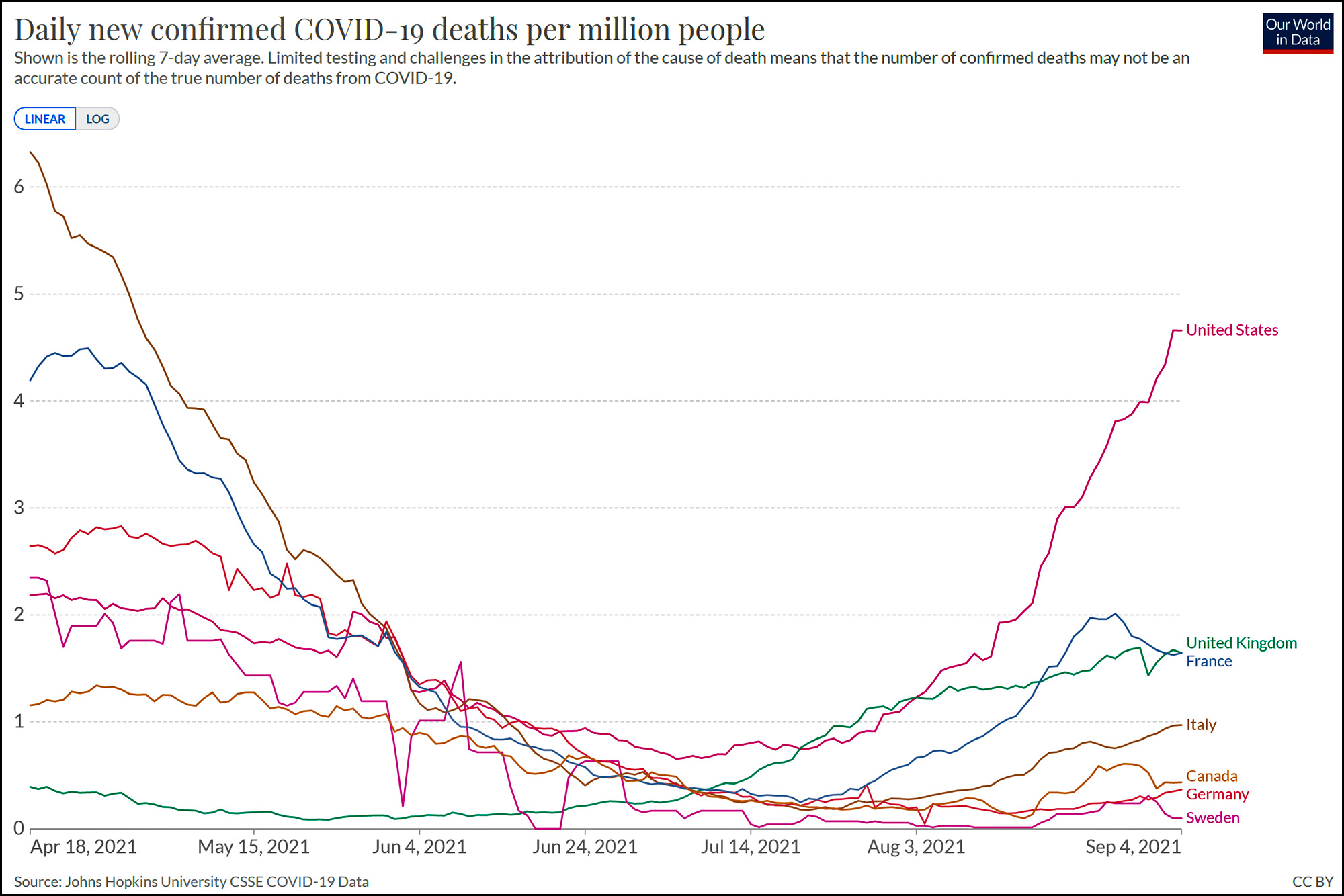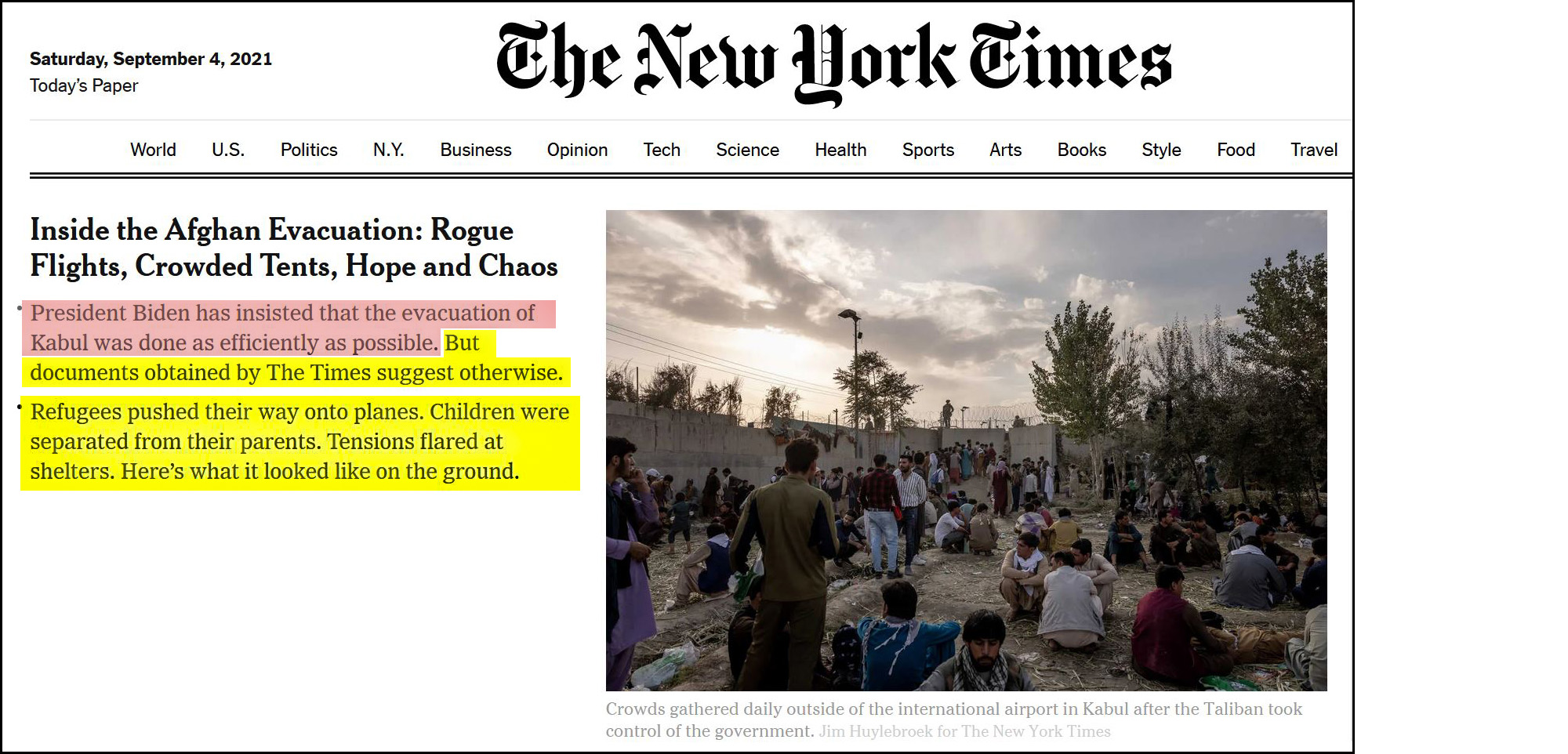I generally try not to let Twitter beefs contaminate the blog, but at least a few people last night denounced me as an idiot on the subject of airborne aerosol transmission of COVID-19. This seems to have turned into something of a truther jihad, so it's worth running down the history of this.
The whole thing started with a suggestion that perhaps Chinese virologists knew from the start that COVID-19 was transmitted via airborne aerosols while Western scientists insisted it was spread by droplets that were too big to stay suspended in the air for long. One explanation for this disagreement is that the Chinese had learned a lesson from the SARS epidemic of 2003.
But this isn't really so. Here are the basics:
- For reasons outlined a few months ago in Megan Molteni's excellent account in Wired, the epidemiological community has for years believed that aerosol transmission is only likely for particles less than 5 microns in diameter, and since most viruses are enveloped in packages larger than that they can spread only a few feet before falling to the ground. This mistaken belief was caused by a misreading of one particular study followed by inconclusive research over the next few decades. By the 1980s the tide was turning slightly on this, but scientists mostly still believed that aerosol transmission was unlikely with large particles.
- When SARS hit in 2003, epidemiologists in China believed it was mostly spread by droplets, not airborne aerosols. There was one large outbreak in an apartment complex that seemed to implicate airborne transmission, but eventually, after practically tearing the apartment complex apart, scientists concluded that the culprit was droplets spreading through a faulty sewage system. However, other studies disagreed, suggesting that airborne transmission of SARS may have played a modest role in certain kinds of settings.
- Fast forward to late 2019. The initial reporting from Chinese scientists once again suggested droplet transmission, though with some possibility of aerosol transmission. Generally speaking, there was no difference between Chinese and Western scientists on this, and Chinese treatment of COVID-19 outbreaks didn't focus on airborne transmission.
- Over the next few months, evidence for aerosol transmission began to grow. Partly this was due to new studies. Partly it was due to new evidence showing that COVID particles were not always larger than 5 microns. And partly it was due to the intervention of the physics community, which wasn't blinded by the old 5 micron standard and knew that aerosol transmission was perfectly plausible for particles considerably larger than 5 microns. By late summer of 2020, it was pretty well agreed that airborne aerosol transmission was one of the ways COVID-19 spread.
You can decide for yourself how badly this speaks of the epidemiological community. On the one hand, they obviously misjudged the role of aerosol transmission of COVID-19. On the other hand, this was a matter of considerable research in their area of specialty, and that's not something you abandon instantly based on one or two early studies.
Unfortunately, as I mentioned earlier, this subject has become something of a jihad among certain people, who are convinced that there was overwhelming evidence of airborne transmission within weeks of the first case, and anyone who denied it was simply stupid. I don't think there's any way of talking them out of this belief, but it really doesn't fit the facts. Epidemiologists clearly made a mistake here, and some of it was indeed based on stubbornness. But it was also based on a laudable desire not to overturn decades of belief overnight until the evidence was clear. There are not really any big villains here.
UPDATE: I mixed up microns and nanometers in the original post. Sorry about that. It's fixed now, along with some more precise language about exactly what it is we're measuring.

 given good marks for his handling of COVID-19, but he's unpopular. But in red states where governors have pointedly refused to take the pandemic seriously and death rates have skyrocketed, governors remain popular.
given good marks for his handling of COVID-19, but he's unpopular. But in red states where governors have pointedly refused to take the pandemic seriously and death rates have skyrocketed, governors remain popular.


